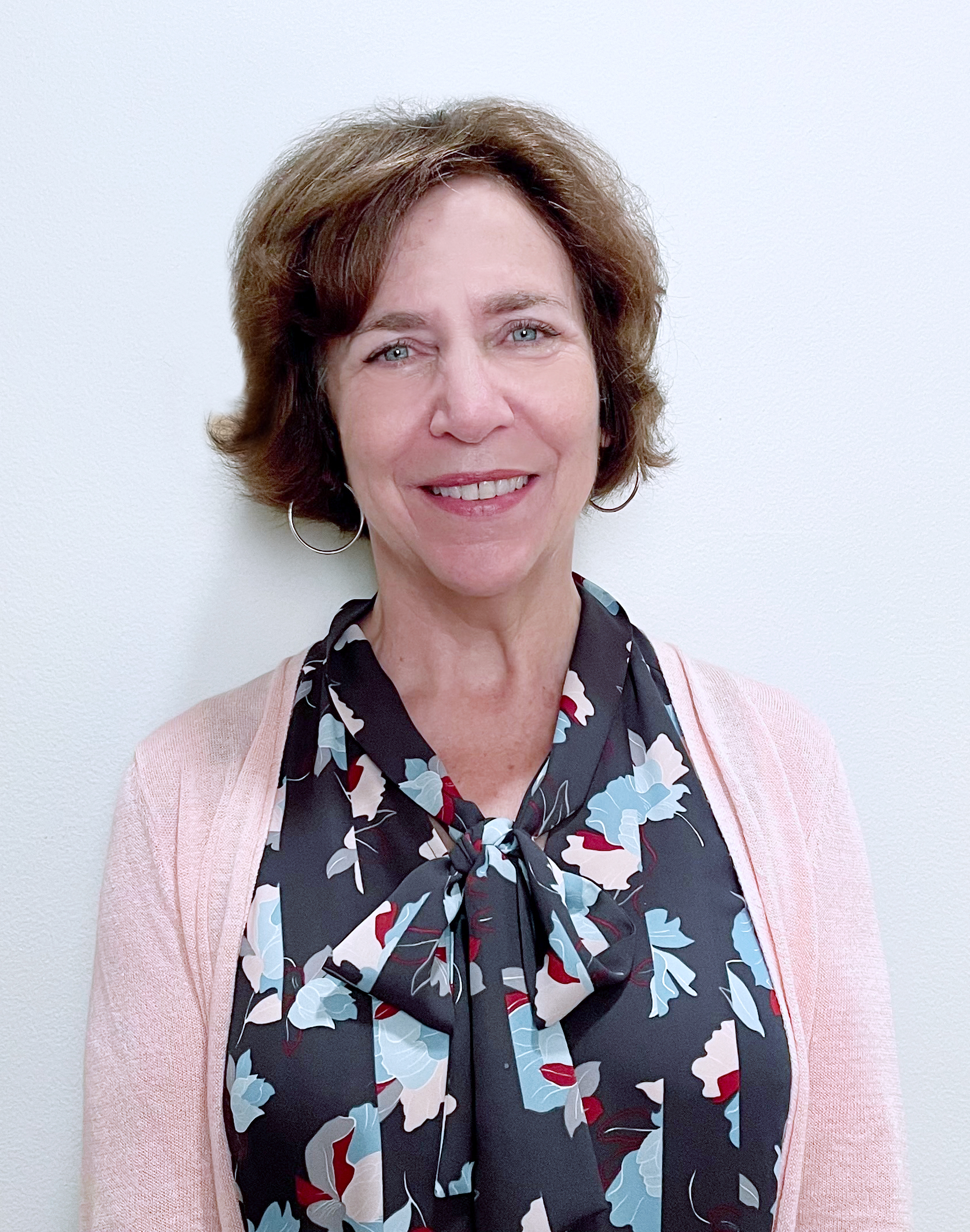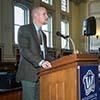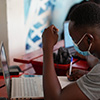In my last year of graduate school, I thought of the American Historical Association primarily as a newsletter with job ads and a conference with job interviews. If someone had asked me to name the AHA president, I would have failed that quiz. I was buried in my dissertation, worried about getting a job, and the AHA was there only to connect me with a future academic employer. Now that I have served on the Council, I am embarrassed by what I did not know. The AHA was advancing my professional interests even before I knew what they were.

Haku Blaisdell
Between January 2019, when I became vice president of the Teaching Division, and January 2022, when I participated in my last Council meeting, I learned that a well-run professional organization serves me every day, whether I’m in a classroom, an archive, a museum, a library—or wherever a historian is doing their work. In graduate school, and even after I received tenure, I had this notion that the AHA was really meant for faculty at prestigious universities. I was a professor at a nonelite liberal arts college where my teaching and mentoring responsibilities were always in combat with my research obligations and aspirations. As a historian of the modern United States, I felt more connected to the Organization of American Historians, so I tended to avoid the AHA annual meeting. It was too elite, too joyless, and too connected to an academic job market experience that I wanted to forget (even though I was lucky enough to find a tenure-track position).
I let these feelings be facts until I started reading Perspectives on History (thanks to my department’s institutional membership in the AHA). I saw in Perspectives my daily realities as a teacher and my practical needs as a researcher both acknowledged and addressed. Even more, I saw a professional organization advancing a deeply inclusive definition of what historians do and where and how they do their work.
The AHA was advancing my professional interests even before I knew what they were.
Serving on Council answered the question: what does the AHA do between annual meetings? The short answer is much more than you think. It starts new conversations. It convenes diverse groups on crucial questions. It does the homework on issues historians don’t have time to do. It stands for things. It fights for things. And it does so using historical methods. One of the many reasons I loved being part of Council is that I got to see AHA staff and Council colleagues grappling with complex challenges using the best of our professional training. I worked alongside Council members on the Professional and Research Divisions, and it was fascinating to observe how one organization tended to the whole historian, so to speak. We share methods, but our working conditions vary widely, and I was struck by how hard the AHA works to see us where we are and to respond to how we really feel about our work—whether it’s early career eager, mid-career malaise, worn-out late career, change of career, or disaffected but still trying to hang on.
Although my Council work focused on the AHA’s teaching mission, I could see how initiatives in this one area seeded ideas in others, fostering an intellectual dynamism that helps the AHA remain responsive to its multiple constituencies. This is due to the smart design and long-term thinking of AHA staff. The Tuning the History Discipline project, for example, posed a simple but essential (and now enduring) question that belongs in any educational setting: what should students be able to learn and do with training in historical thinking? We can substitute “learner” for “student” and apply Tuning’s insights to the pedagogy of everything from museum exhibitions to history-themed walking tours. Tuning’s findings have reached well beyond the purview of the Teaching Division, enabling us to think anew about graduate education, the definition of “scholarship,” and how we explain what we do to our many publics. Through Tuning, the AHA also did something we rarely see in academia: it built a bench for future leadership that has diversified who talks about history education.
Serving on Council answered the question: what does the AHA do between annual meetings?
As it turns out, my Council experience overlapped with a global pandemic, the attendant economic crises reaching into all corners of the educational landscape, and another moral and political panic about history education. I watched AHA staff and Council create resources for the quick turn to remote learning, help department chairs fight budget cuts, defend academic freedom for scholars in the United States and abroad, and dissect and correct countless charges accusing history and social studies teachers of educational malpractice. It was alarming to see the number of pleas for help and AHA official statements, but I was heartened to see how many of us think about the AHA as our midnight phone call when we’re in trouble.
My experience on the Council made clear that I should have been a dues-paying member of the AHA while I was paying my professional dues. I didn’t know it, but it had something for me at every twist and turn of my career. It fought for me when I was too busy grading to know I was in a fight. Serving on Council connected me with the AHA staff—wizards, really—who do an array of visible and invisible intellectual and logistical work that sustains us all, wherever we do our thing. If you get the email that asks, “Do you want to run for an AHA office?” answer “yes” after thinking about it. I will continue to seek out the sense of purpose and camaraderie I felt on Council, which helped sustain me during the pandemic. My only regret was that one of the most enriching experiences of my career ended on Zoom by clicking “Leave the Meeting.”
Laura McEnaney is vice president for research and academic programs at the Newberry Library and served as the AHA Council’s vice president, Teaching Division, from 2019–22.
Tags: Perspectives Daily AHA Leadership

This work is licensed under a Creative Commons Attribution-NonCommercial-NoDerivatives 4.0 International License. Attribution must provide author name, article title, Perspectives on History, date of publication, and a link to this page. This license applies only to the article, not to text or images used here by permission.
The American Historical Association welcomes comments in the discussion area below, at AHA Communities, and in letters to the editor. Please read our commenting and letters policy before submitting.
Comment
Please read our commenting and letters policy before submitting.










